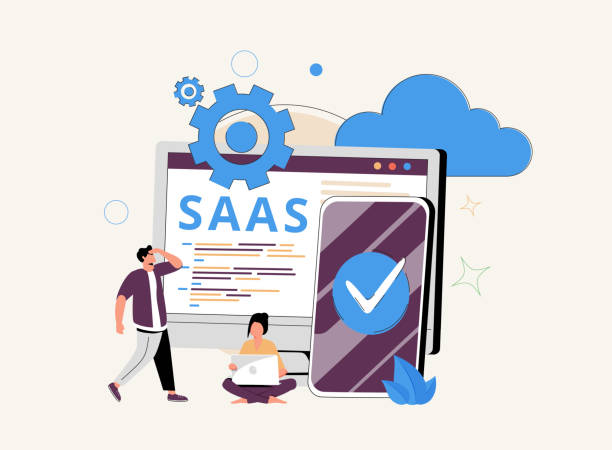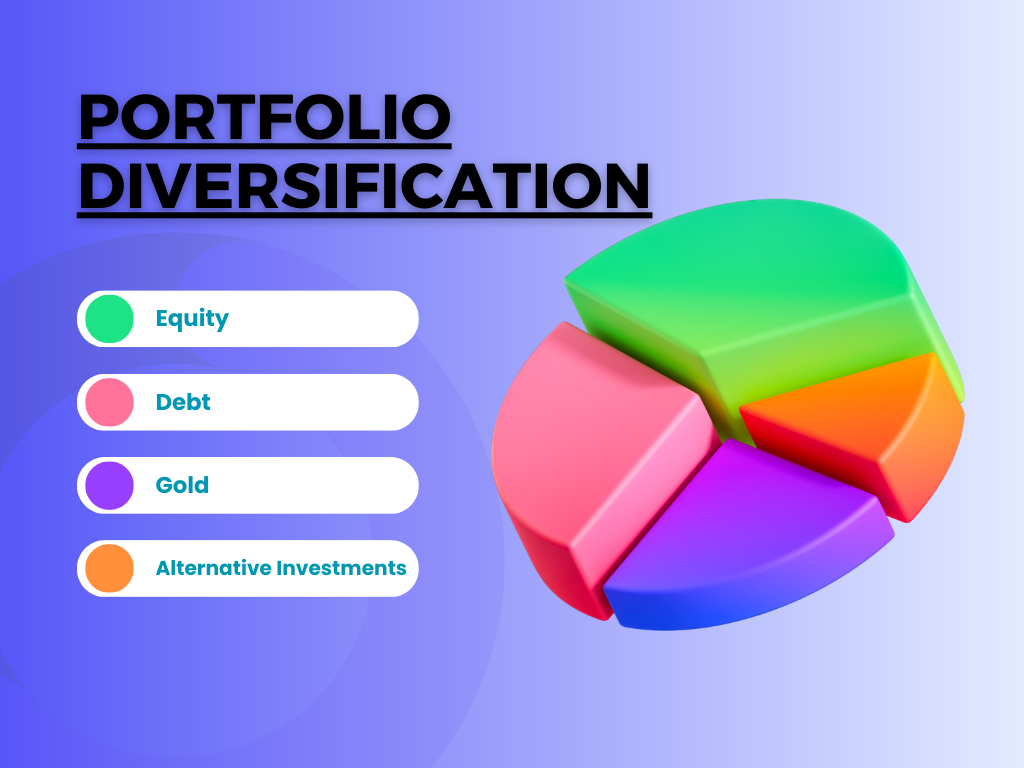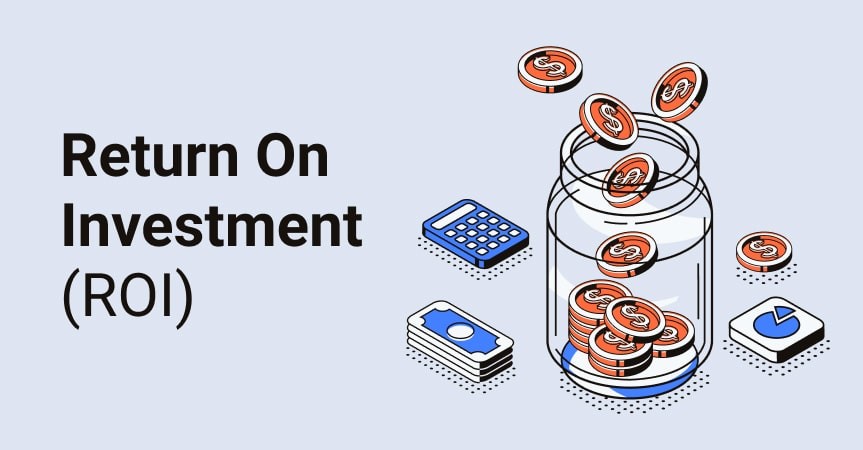Entering the world of HR SaaS can seem like a complex journey, especially when you’re just starting to explore its potential for your business.
Surfing through multiple forums and articles can be intimidating, with a plethora of technical terminology and selections available. But don’t let that deter you!
“Adopting HR SaaS is too complicated.” This simply isn’t true.
The reality is that many businesses today are successfully leveraging HR SaaS solutions, transforming their human resource operations, and reaping substantial benefits in efficiency and productivity.”By 2025, over 75% of organizations will have adopted at least one HR process into an HR
The Rise of HR SaaS Software in Modern Business
With the rapid advancement of technology, businesses are shifting their focus towards software-as-a-service (SaaS) solutions. Among these, HR SaaS software has become an integral part for many organizations aiming to streamline operations and enhance efficiency.
A new era is unfolding with approximately 57% of companies planning on investing in HR SaaS systems within the next four years.
This trend isn’t just about following the crowd; it’s backed by solid data showing that by 2028, we can expect a whopping $33.57 billion global market value for human resource management software.
Supporting Remote Work with HR Software
In light of recent events such as the COVID-19 pandemic which led to unprecedented changes in business dynamics, there has been an increased adoption rate of cloud-based platforms, including those designed specifically to handle Human Resources functions. The reason behind this sudden surge lies in the need to ensure seamless communication among teams irrespective of geographical location while also providing access to crucial employee information anytime, anywhere, thus supporting continuity during uncertain times like these.
No longer seen merely as a supportive function, the modern-day Human Resource department plays a pivotal role in shaping company strategy and culture, thereby necessitating the need for a powerful yet user-friendly HR SaaS solution capable of handling a diverse range of tasks efficiently.
Digital Transformation: A Necessity Not An Option
In today’s competitive business environment where agility is key, adopting advanced technologies like SaaS HR Solutions isn’t just about staying ahead but rather becoming future-ready, allowing organizations to not only survive but thrive amidst constant changes and challenges thrown at them.
The rise of HR SaaS software is largely attributed to the necessity brought upon by modern-day business dynamics. This shift helps streamline operations, maximize efficiency, bolster data safety and security, and bring about financial savings; rendering it a crucial instrument for any business aiming to remain at the top of their sector. Upcoming trends like AI integration, predictive analytics, and mobile accessibility are shaping up globally.
Key Takeaway:
HR SaaS solutions are no longer a luxury but a necessity in today’s fast-paced business world, transforming HR from a supportive function to an integral part of company strategy. They enhance efficiency, support remote work, and future-proof organizations amidst constant change.
Benefits of Implementing SaaS HR Solutions
The shift from traditional on-premise HR software to cloud-based SaaS solutions has revolutionized the way businesses manage their human resources functions. Automation of mundane tasks such as payroll management and employee record keeping allows the HR department to concentrate more on strategic activities.
SaaS HR Software: A Time-Saver for Businesses
Lao Tzu, an ancient Chinese thinker, once remarked that time is a fabrication. To say ‘I don’t have time,’ is like saying, ‘I don’t want to.’
Incorporating SaaS HR software into your business operations can save you valuable time by streamlining various processes related to the human resource management system. These include applicant tracking systems that make the recruitment process work seamlessly, performance management tools for conducting staff appraisals efficiently, and benefits administration modules which simplify managing employee benefits significantly.
Supporting Remote Work with HR Software
In today’s digital age where remote work culture prevails, an effective SaaS-based HR software solution plays a pivotal role in maintaining productivity levels high within teams. Such platforms facilitate seamless collaboration between employees regardless of their geographical location by providing them access anytime, anywhere, thereby making workforce management easy.
This was particularly evident during recent times when companies had to rapidly adapt towards hybrid working environments due to unforeseen circumstances. There was a significant increase in the adoption rate of cloud-based platforms offering all-in-one HR SaaS solutions during this period, reflecting its importance amidst changing workplace dynamics.
Beyond supporting remote workers, these applications integrate well with other business productivity tools, enhancing operational efficiency across different departments within organizations, further improving overall employee experience.
Impact On Employee Success And Retention Rates With SaaS HR Solutions
An important advantage associated with implementing SaaS HR solutions lies in its positive impact on success rates among employees, leading to higher retention figures, ultimately benefiting the organization at large. By automating administrative tasks through self-service portals provided by these platforms, it enables better focus on core responsibilities, thus increasing job satisfaction levels considerably amongst team members.
Furthermore, automated feedback mechanisms present inside some advanced versions help managers provide timely recognition
Key Takeaway:
SaaS HR solutions are a game-changer, automating mundane tasks and freeing up time for strategic activities. They support remote work culture, streamline recruitment processes, enhance operational efficiency across departments, and positively impact employee success rates leading to higher retention figures.
Understanding the Different Types of SaaS-based HR Software
The landscape of human resource management has been transformed by the advent and evolution of SaaS HR software solutions. These platforms are designed to cater to specific needs within a company’s HR department, falling into four main categories: operational, tactical, strategic, or comprehensive systems.
Operational systems:
This type is centered around automating routine tasks such as payroll processing and time tracking – functions that were traditionally handled manually or with on-premise software. The shift towards these types of SaaS HR solutions helps streamline processes for small businesses as well as larger organizations.
Tactical Systems:
Moving beyond simple automation, tactical tools dive deeper into areas like recruitment process work seamlessly and talent management. This includes applicant tracking system features which can greatly enhance efficiency in hiring procedures.
A Closer Look at Strategic vs Comprehensive Solutions
If you’re looking for more than just task-oriented support from your HR SaaS solution, then it might be worth considering either a strategic or comprehensive platform.
A strategic solution takes an integrated approach by combining multiple aspects under one roof including performance management, benefits administration, and workforce planning capabilities. It views employees not merely as data points but as valuable assets whose potential can be maximized through proper investment.
In contrast, a comprehensive system wears many hats, encompassing all facets from managing employee lifecycle right up to conducting staff appraisals, thus offering an all-in-one package deal.
Distinguishing Between Key System Types: HCM Vs HRIS Vs HRMS
Another important distinction lies between Human Capital Management (HCM), Human Resource Information System (HRIS), and Human Resource Management System (HRMS). Each comes with its own unique set of offerings tailored according to different business requirements.
Hence, while selecting suitable providers, understanding what each type entails will help make informed decisions based on your organization’s individual needs rather than opting for generic options blindly.
Note, however, no matter what kind suits best, always remember the end goal should revolve around enhancing
Key Takeaway:
SaaS HR software is revolutionizing the way businesses manage human resources, offering solutions from routine task automation to comprehensive systems that handle everything. It’s crucial to understand the distinctions between types – operational, tactical, strategic and comprehensive – as well as between HCM, HRIS and HRMS platforms to make an informed choice based on your organization’s unique needs.
Unpacking the Essential Features for Effective SaaS HR Software Solutions
The human resources department plays a pivotal role in any organization, and SaaS HR software solutions have revolutionized how these teams operate. Let’s delve into the must-have features of effective HR SaaS.
Navigating Recruitment and Onboarding Tools
In today’s competitive job market, efficient recruitment is key to attracting top talent. The right applicant tracking system can streamline this process from posting jobs to candidate management.
Beyond hiring, onboarding tools are vital for integrating new hires seamlessly into your team by providing them with necessary information about their roles and company culture.
A comprehensive compensation module should handle all aspects related to employee pay such as salary structures, bonuses, etc., effectively while ensuring legal compliance.
The benefits administration feature helps manage diverse benefit plans like health insurance or retirement contributions, making it an essential part of any SaaS HR solution.
An advanced employee management system allows managers not only to monitor attendance records but also to track productivity levels, manage shift schedules, among other things leading towards higher operational efficiency.
Performance reviews provide valuable insights into individual strengths and areas needing improvement, thus aiding talent development initiatives within an organization. A sophisticated performance review mechanism would include functionalities enabling regular evaluation based on predefined metrics along with the ability to conduct 360-degree feedback surveys.
Understanding the Importance of Employee Self-service Feature
In our digital age where autonomy is highly valued, having an employee self-service portal has become crucial in any SaaS-based HR software solution. This empowers employees by allowing access control over personal data, enhancing the overall experience leading towards higher retention rates.
Revolutionize your HR operations with SaaS solutions. Streamline recruitment, manage compensation and benefits, boost productivity, and empower employees with self-service features. #HRtech #SaaSSolutionsClick to Tweet
Choosing the Right SaaS HR Software Providers
Selecting the ideal SaaS HR software provider to suit your specific business requirements and deliver a personalized human resource management system is essential in today’s dynamic environment of HR SaaS solutions. It’s not just about picking an application; it’s more about aligning with a service provider that caters to your unique business needs and provides a tailored human resource management system.
Understanding Pricing Plans
The pricing structure is one of the primary factors when deciding on an HR SaaS solution. Various vendors present assorted cost models, each having its own advantages and features. Some might charge based on user count or employees while others may have fixed monthly or annual subscriptions.
Besides this, some vendors also propose quote-based plans where you pay only for what you need. This flexibility enables businesses to choose packages closely matching their requirements without overspending on superfluous features.
You should always request potential providers for comprehensive breakdowns of their pricing structures before making any final decision. Keep in mind to include any additional costs like setup fees, training expenses, ongoing support charges into your budget planning process. Here’s another useful guide on understanding various cost models thoroughly.
Determining Your Specific Needs
Different organizations require varied functionalities from SaaS HR software solutions depending upon size, industry type, etc. A budding startup might look out for basic modules such as payroll management and employee self-service, whereas larger corporations could benefit from an all-in-one HR SaaS solution encompassing talent management, performance appraisal systems, legal compliance aids, among other things.
To make the best choice among the numerous available options, first identify specific business needs by conducting thorough internal assessments. Once these are clearly defined, search for vendors who specialize in those areas. This buyer’s guide would greatly help in identifying organizational requirements prior to purchasing HR software.
Key Takeaway:
Navigating the HR SaaS market can feel like traversing a minefield. Remember, it’s not just about picking an app, but finding a provider that fits your unique needs. Understand pricing plans inside out – don’t forget to factor in hidden costs. Identify your specific requirements and seek vendors who excel in those areas. In short: do your homework before diving headfirst
Top Players in the Market of SaaS HR Software Solutions
The HR SaaS solutions landscape is vast, with many players offering unique and innovative software. Three of the most notable providers in this space are Workday, Ceridian, and BambooHR.
Workday: A Comprehensive Solution for Businesses
Workday’s all-in-one solution covers a wide range of human resource management functions, including payroll system integration, time tracking tools, recruitment process support, and learning management systems. Its user-friendly interface, coupled with its extensive reporting capabilities, make it a popular choice among large enterprises seeking to streamline their HR processes.
In addition to these core features, Workday also integrates seamlessly with other business applications, making it an excellent option for organizations looking for unified solutions across departments.
Ceridian: Real-Time Data Processing Feature
A key player in the market, Ceridian offers a real-time data processing feature that allows companies to make informed decisions instantly. Its product suite includes workforce management as well as talent acquisition & development modules, making it ideal for mid-sized businesses aiming at efficient streamlining of their HR SaaS solutions.
Besides these functionalities, it also provides compensation planning, benefits administration, etc., thus providing end-to-end employee lifecycle coverage.
BambooHR: Catering to Small-to-Medium Sized Businesses
With a focus on small-to-medium sized businesses, BambooHR provides an easy-to-use yet powerful set of tools like applicant tracking, onboarding, time-off tracking, etc. By simplifying administrative tasks, BambooHR enables HR teams to work more strategically within the organization.
This brief overview merely touches upon a few top players available in the robust SaaS HR software market. To assist you in selecting the right HR software, this guide will help you weigh your options based on factors such as budget restrictions, desired outcomes and long-term objectives.
To assist you in deciding between different providers, this guide
Key Takeaway:
Workday, Ceridian, and BambooHR are leading the pack in HR SaaS solutions. From comprehensive all-in-one platforms to real-time data processing features and tools for small-to-medium businesses, these providers offer a range of options to streamline your HR processes based on your specific needs and goals.
Future Trends in HR SaaS Solutions
The HR SaaS solutions space is constantly changing, propelled by technological advancements and shifting business requirements. Let’s delve into some of the future trends that are redefining the global human resource management system.
Integration of AI in HR Processes
In an era where automation is key, integrating Artificial Intelligence (AI) into HR processes has become a trend to watch out for. From automating mundane tasks like resume screening or interview scheduling to deploying AI-powered chatbots for instant employee query resolution – AI can help HR professionals concentrate on strategic activities.
An interesting prediction suggests that by 2025, half of all internal candidates will be identified through talent intelligence powered by AI and data analytics. Now isn’t that something?
Predictive Analytics: The Future Decision-Making Tool
Data-driven decision making is no longer optional but essential in Human Resources. Predictive analytics leverages historical data to predict future outcomes such as turnover rates or identifying high-performing employees who might leave soon.
John Doe, an HR expert, emphasizes how predictive analytics helps companies make proactive decisions about workforce planning and development strategies based on solid evidence rather than gut feelings.
Mobile Accessibility Boosting Employee Engagement
SaaS-based HR software with mobile accessibility provides flexibility, allowing employees access from anywhere at any time, significantly improving engagement levels. This becomes especially crucial given the rise in remote work scenarios where instant access to information like payroll details, benefits, etc., is necessary. As we move forward, expect more sophisticated features being offered via mobile platforms, increasing convenience for both employers and employees alike.
HR SaaS solutions are revolutionizing the future with AI integration, predictive analytics for data-driven decisions and mobile accessibility for enhanced employee engagement. Get ready to embrace change. #HRTech #SaaSClick to Tweet
Conclusion
HR SaaS is revolutionizing the way businesses operate.
The rise in adoption speaks volumes about its efficacy and value.
From streamlining processes to supporting remote work, these solutions are transforming HR departments globally.
Different types of software cater to unique business needs – operational, tactical, or strategic.
A wealth of features like recruitment tools, employee management systems, and legal compliance aids make them indispensable for modern organizations.
Picking the right provider is key; understanding pricing plans and comparing offerings can guide you towards an ideal fit for your company’s specific requirements.
Top players like Workday and BambooHR have set high standards in this market space with their robust offerings.
The future promises even more innovation with trends such as AI integration, predictive analytics, and mobile accessibility on the horizon.
If you want to learn more about this, sign up for my newsletter.


